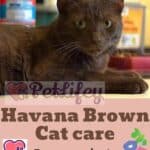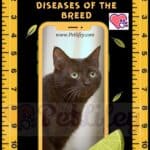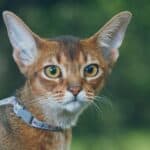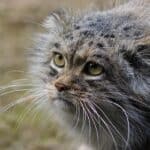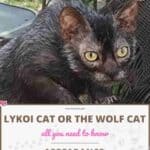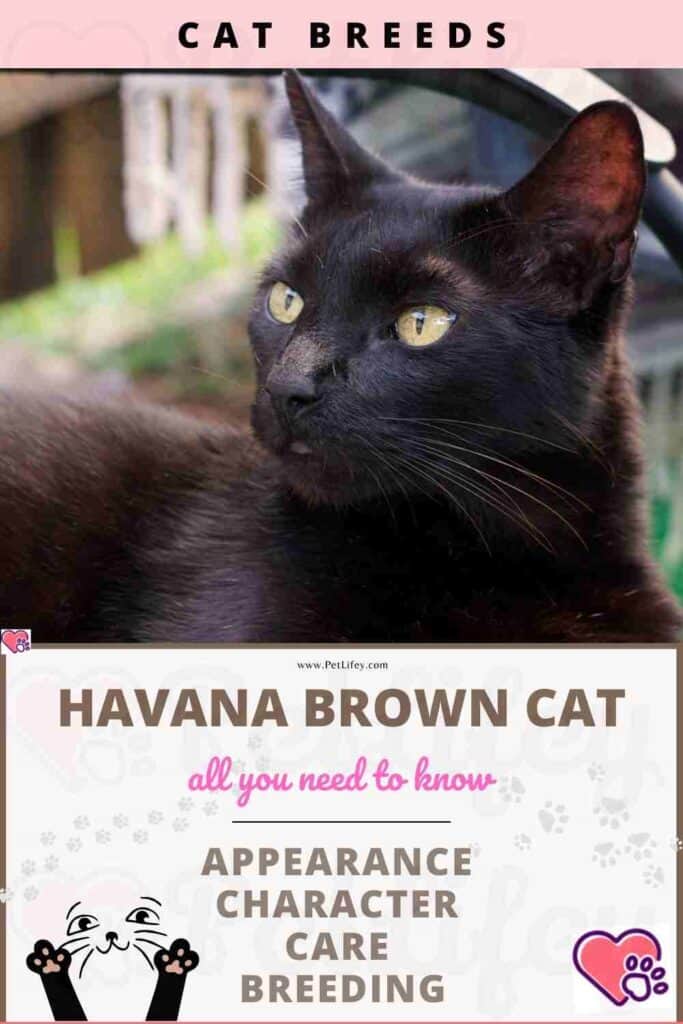
The Havana Brown cat is an elegant cat entirely in chocolate color with splendid green eyes and a short, smooth and very shiny coat. Its name comes from that of a breed of rabbits that have the coat exactly the same color as this variety of felines.
Much less talkative than its fellows, except with its kittens, it is the ideal cat for those who want a sociable, affectionate and intelligent animal.
The origins of the Havana Brown Cat
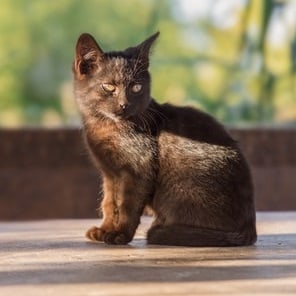
Cats of this color were very common in the East in Antiquity, and more precisely in Siam, where they were greatly appreciated both for their elegance and for their reputation for bringing good luck and luck to their master.
Imported in Europe from the last century, they were presented during the first cat shows, where they obtained success and awards; By the twenties, however, the English Siamese Cat Club, which then accepted even uniformly colored cats and not just colourpoint as it is today, decided to recognize only those with the legendary blue eyes.
For this reason, the breeders put an end to the breeding of these cats which were excluded from the exposures, and the few “Browns” – as they were called at the time – which existed dispersed and disappeared.
It was not until after World War II, with the importation of the Burmese to England, that interest in a short-haired, warm and lighter colored cat arose.
Different matings of chocolate point and seal point Siamese with black cats, or Russian Blues or black Persians were tried; from this last cross was born a female with short and black hair which, mated to a seal point Siamese, gave birth in 1952 to a litter in which we found the first Havana Brown cat , the ancestor of modern subjects.
In 1956, two of these cats were exported to America, where the breed was selected as a variety in its own right, less extreme than the European which tends frankly towards the Siamese type, and where it continues to be raised while retaining its characteristics.
In Europe on the other hand, in 1958, this color was classified under the name of “Havana Brown” and recognized by the most important feline associations on both sides of the ocean.
Appearance of the Havana Brown Cat
The structure of the Havana Brown cat, medium or large, is endowed with good musculature. The head, in the shape of a modified triangle, is of medium proportion and is found to be longer than it is wide, with a slightly rounded forehead.
The nose is twice as long as it is wide, the muzzle is not pointed. The almond-shaped eyes are medium in size, well spaced and oblique to the nose. Their color should be as intense as possible, but always green, gold or nutty.
The ears, carried slightly forward on the forehead and well spaced to continue the triangular line of the head, are broad and pointed. The square muzzle unique to the breed is presented as a box attached to the head.
The legs are quite long, with a robust frame and rather muscular; the hind legs are longer than the anterior ones, and the feet are full and round while the tail is decidedly long and full, broad at the base.
The coat length can vary from medium to long, the coat smooth and shiny adheres to the body; the texture is supple and silky down to the root without a woolly undercoat.
Coat color of the Havana Brown Cat
The only color allowed for the Havana Brown cat is chocolate.
The character of the Havana Brown Cat
With a very good temperament, it is an intelligent but shy cat, in fact it is only really sociable with their master whom it follows all the time and everywhere and with whom they likes to play: it is always willing to bring back any small items thrown at them, as long as this game is not interrupted before they decides to.
The Havana Brown cat is difficult to handle by strangers, even if, once their initial reservations have been overcome, it manages to enjoy the company of friends, whether human or animal; at home, it likes the peace and quiet.
Hug:
It is a very loyal cat, who attaches closely to the humans it meets. It seeks physical contact and affection. It will easily spend the afternoon on your lap, but it won’t like to be hugged. Let them come to you whenever they wants.
Player:
The Chestnut Brown Foreign, as it is also called, enjoys exploring its surroundings and needs a period of daily activity to burn off its energy.
Calm:
After its periods of activity necessary for their daily happiness, this cat needs moments of calm and returns peacefully to snuggle up in their favourite places.
Intelligent:
It is a very intelligent, lively and curious cat who will enjoy learning exploration games. You can teach them tricks with techniques recommended by behaviour experts.
Fear / Suspicious of Strangers:
Its inquisitive nature makes them, in general, unsuspecting of strangers. However, it must be borne in mind that he is sometimes a little shy.
Independent:
The Chestnut Brown Foreign does very well as the only animal in your household, as long as its humans are there, but it will also appreciate the presence of other companions within its family.
Behavior of the Havana Brown Cat
Talkative:
It is a cat who likes to chat occasionally but who will surprise especially with their characteristic and squeaky meow. It also presents a purr of marked intensity probably related to the particular structure of its large muzzle.
Greedy / gluttonous:
This tomcat is a nibbler who usually does not overeat.
Need for exercise:
This feline needs to expend its energy on a daily basis in order to maintain its strong muscles and its shape, but it is not a hyperactive cat.
Runaway:
Little inclined to run away, he appreciates his home and is rather cautious.
Compatibility of the Havana Brown Cat with other animals
The Havana Brown and the Dogs:
It appreciates the company of dogs with a calm temperament. Large dogs are best avoided.
Havana Brown and Other Cats:
It adapts easily to the presence of other cats and recognizes its peers.
The Havana Brown and the Children:
It is affectionate and gentle with children as long as they respect him and do not seek to take them against their will.
The Havana Brown and the Elderly:
When it is an adult, the Swiss Mountain Cat makes a good companion who will curl up on the knees and remain loyal to less active people who will offer him presence and affection.
Price of the Havana Brown Cat
On average, the purchase price of a Chestnut Havana kitten in breeding is between 1200 USD and 1400 USD, the variation often depending on the line, breeding, age or even sex. For the monthly budget, it will take an average of 50 USD / month to meet his needs, by offering them a quality diet and making sure to keep them in good health.
Maintenance of the Havana Brown Cat
Grooming:
The Swiss Mountain Cat does not require any special grooming. Weekly buffing with a flannel or felt is enough to keep her beautiful dress silky and shiny.
Hair loss:
It loses little hair.
Food of the Havana Brown Cat
It requires good quality food.
Caring of the Havana Brown Cat
The Havana Brown cat is rather sensitive to cold, but not too delicate. For an ideal grooming, especially if it is presented at exhibitions, it is necessary to use a flannel or felt glove passed in the direction of the hair.
Health of the Havana Brown Cat
Life expectancy:
The Chestnut Oriental Shorthair can live 15 to 20 years if given the necessary care for its well-being.
Resistant / robust:
It is resistant and does not suffer from any particular disease.
The Chestnut Havana is, however, sensitive to cold and appreciates the comfort and warmth of its home.
Tendency to gain
weight: This cat shows no tendency to gain weight if it receives quality food in quantity corresponding to its weight.
Common diseases:
No hereditary disease is described. No specific pathology is associated with this breed. However, It can one day develop the same pathologies as any other cat, such as oral pathologies .
Reproduction:
In breeding, the litters are about 3 to 5 kittens. No marriage is accepted with other races.
Good to know
The Chestnut Oriental Shorthair is a very pleasant cat who will remain loyal to those who return their affection to them. This is a relatively rare breed.

